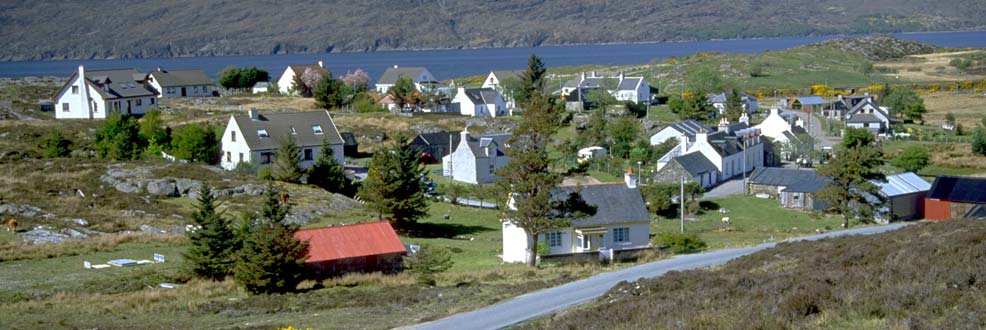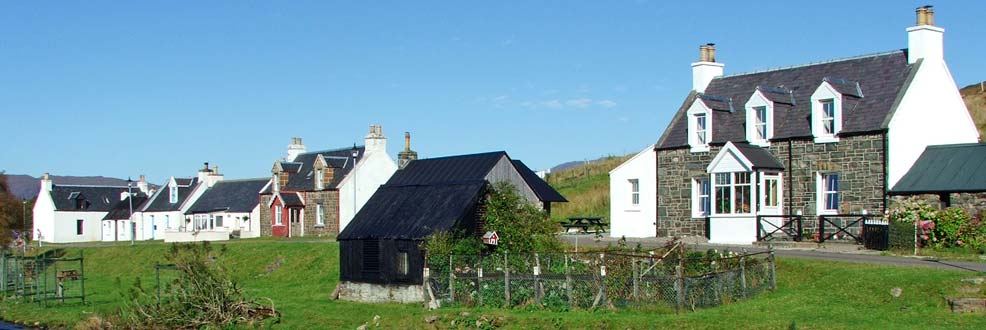Course Elements
The course runs over two years. Separate Schemes of Work have been developed for each of the two years and are divided into levels 4 and 5 and would be appropriate for teaching across either S3 and S4, or S4 and S5/6, depending on the curriculum structure within the school.
The schemes are divided into Units which are further subdivided into outcomes. The units cover the seasons (with Autumn, Winter and Spring in level 4 and the following Summer, Autumn, Winter and Spring in level 5) as well as additional units covering Estate Management in level 4 and Countryside Landuse and Enterprise (projects) in level 5.
Each scheme is arranged in three columns, showing the Performance Criteria (taken directly from the SQA specifications), suggested Learning Activities and Resources. The Resources are either web addresses or hyperlinks to a variety of documents, including: pdf reference documents, Word reference documents, PowerPoint presentations, Excel spreadsheets or Word worksheets. There is a brief explanation of the contents of all of the web links and the documents.
Assessment is by continuous assessment and is in the form of ‘open book’ written tasks which are taken in the classroom and observation checklists. The written assessments have a stated pass mark and will need to be re-sat if a student does not achieve that mark. The students may use whatever reference resources they like to assist them during the assessment, but they should be done under normal test conditions. The observation checklists can be completed as students carry out the various practical tasks. It will rarely be necessary to set up an assessment task purely for the purpose of filling out an observation sheet. Many could also be completed after practical tasks have been carried out and are best done through discussion between the crofter and teacher/tutor.
The students keep a diary or logbook of their practical work. This is usually completed in a classroom session on a weekly basis and should be a record of the work that was done and also be a record of any discussions that took place with the crofter. If this is not done then a lot of information can be lost and the diaries also provide evidence of the practical work that is done during the course. Students sometimes like to include illustrations or photographs in their diaries.
A sample of both the written assessments and the observation checklists are checked and countersigned by the Internal Verifier.
Hyperlinks to all the assessments and observation checklists are available on request for the Level 4 and 5 Schemes of Work.











